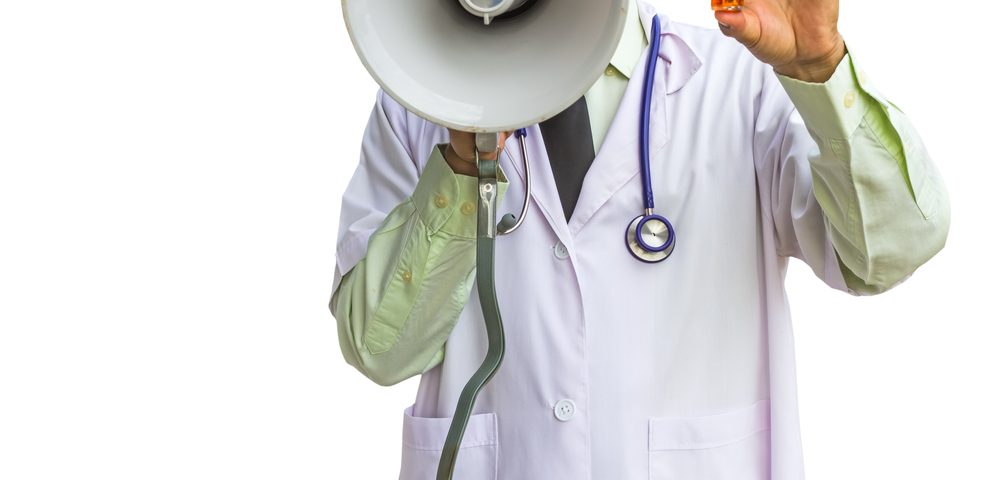Vaccinating men for HPV could play a bigger role than previously thought in preventing the disease’s transmission — and the development of cancer associated with it — in both men and women.
A recent study revealed that nearly half of American men between 18 and 59 have the virus, but only 10.7 percent of those eligible have received it. That suggests vaccinating more men could slow the growing rate of HPV.
The research, “Prevalence of Genital Human Papillomavirus Infection and Human Papillomavirus Vaccination Rates Among US Adult Men: National Health and Nutrition Examination Survey (NHANES) 2013-2014,” was published in JAMA Oncology.
HPV, or human papillomavirus, is the most common sexually transmitted infection in the United States, affecting 79 million Americans. Although most people don’t know they have it, and don’t develop health problems from it, doctors estimate that more than 9,000 men a year develop HPV-related cancers, including penile, anal, and oropharyngeal cancers. In addition, HPV-infected men may indirectly cause cervical cancer in women.
The Advisory Committee on Immunization Practices (ACIP) of the Centers for Disease Control and Prevention (CDC) has recommended HPV vaccination for women 11 to 26 since 2006. It extended the recommendation to men in 2011.
While the prevalence of HPV infection and vaccination in women has been studied extensively in the United States, little was known about infection and vaccination rates in men.
Researchers at the Womack Army Medical Center at Fort Bragg, North Carolina, decided to identify HPV’s prevalence in men by looking at data from the National Health and Nutrition Examination Survey (NHANES) for 2013 and 2014. The sample was considered a good representation of the U.S. population.
Doctors examined 1,868 men between 18 and 59 in mobile examination centers. They also asked the men to give them penile swab specimens they could be checked for HPV
They found 45.2 percent of men infected with HPV, and 25.1 percent infected with at least one high-risk HPV subtype. However, only 10.7 percent of vaccine-eligible men had been vaccinated. The authors say this translated to 25 million eligible American men not having been vaccinated.
Researchers found that 7.1% of vaccine-eligible men had at least one HPV strain that could have been prevented with an older vaccine that targeted four high-risk strains. In addition, 15.4% of the men had at least one strain that could have been prevented with HPV 9-valent vaccine — the most recent one, which targets nine high-risk strains.
Contrary to what happens with women, the team discovered that HPV’s prevalence in men was similar across age groups. The disease’s prevalence in women drops between 22% and 45% as they age. Researchers believe this is due to men having a lower immune response.
The study indicates that vaccinating men for HPV may have a greater effect on the disease’s transmission and cancer prevention than previously thought. It also suggests that guidelines for vaccinating men should include older men. The authors said further studies need to be done to decide on an age cut-off for men to receive a vaccine.

